 Gaines Cafeteria
Gaines Cafeteria
Entry Category: Counties, Cities, and Towns - Starting with G
 Gaines Cafeteria
Gaines Cafeteria
Gainsboro (Independence County)
Galley Rock
aka: Galla Rock (Pope County)
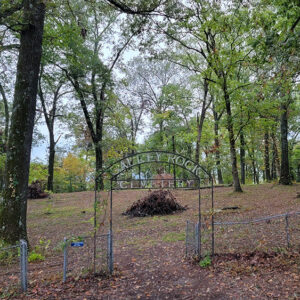 Galley Rock Cemetery
Galley Rock Cemetery
 Galley Rock Cemetery
Galley Rock Cemetery
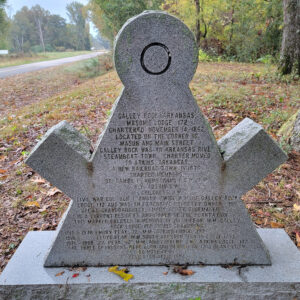 Galley Rock Masonic Marker
Galley Rock Masonic Marker
Galloway (Independence County)
 Gamaliel Street Scene
Gamaliel Street Scene
 Gann House
Gann House
Garfield (Benton County)
 Garfield Church
Garfield Church
Garland (Miller County)
Garland County
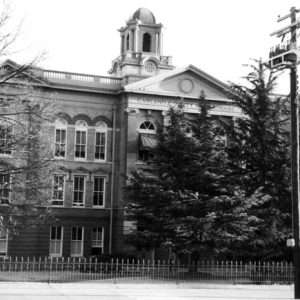 Garland County Courthouse
Garland County Courthouse
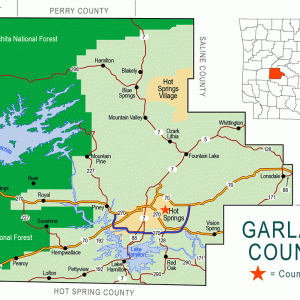 Garland County Map
Garland County Map
 Garment Factory
Garment Factory
Garner (White County)
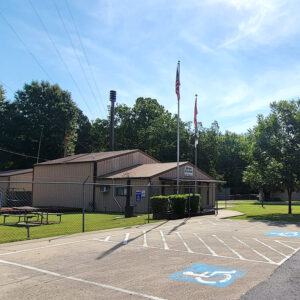 Garner City Hall
Garner City Hall
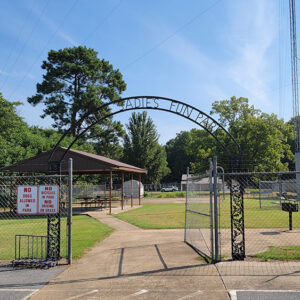 Garner Park
Garner Park
 Garner Post Office
Garner Post Office
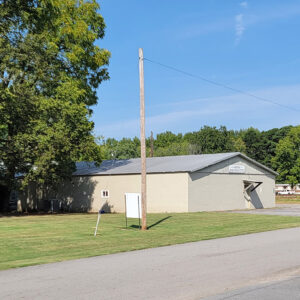 Garner Recreational Center
Garner Recreational Center
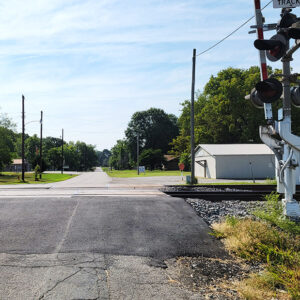 Garner Street Scene
Garner Street Scene
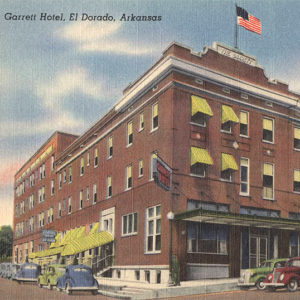 Garrett Hotel
Garrett Hotel
 Garrison Avenue
Garrison Avenue
 Garrison Avenue
Garrison Avenue
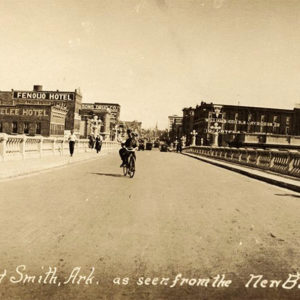 Garrison Avenue
Garrison Avenue
Gassville (Baxter County)
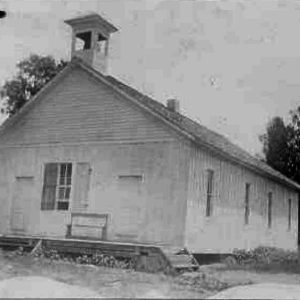 Gassville Baptist Church
Gassville Baptist Church
 Gassville Post Office
Gassville Post Office
Gate (Scott County)
Gateway (Benton County)
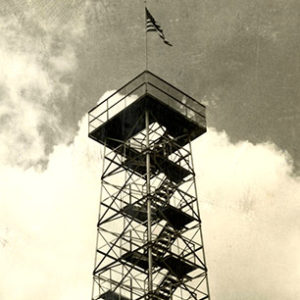 Gaylor Mountain Tower
Gaylor Mountain Tower
 Gazebo Park
Gazebo Park
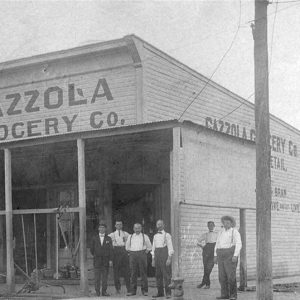 Gazzola Grocery
Gazzola Grocery
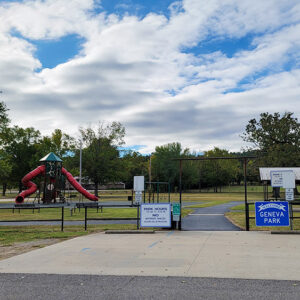 Geneva Park
Geneva Park
Gentry (Benton County)
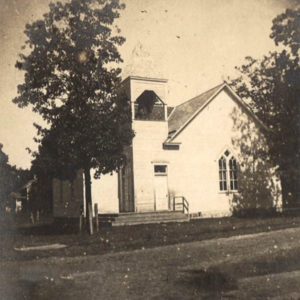 Gentry Church
Gentry Church
 Gentry Depot
Gentry Depot
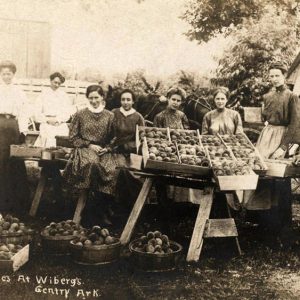 Gentry Peaches
Gentry Peaches
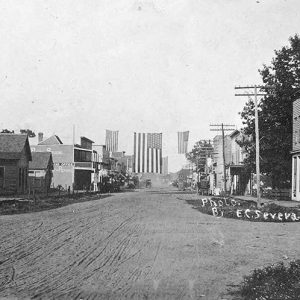 Gentry Street Scene
Gentry Street Scene
Georgetown (White County)
 Georgetown Cemetery
Georgetown Cemetery
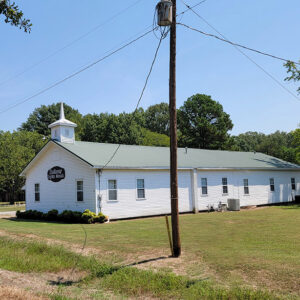 Georgetown Church
Georgetown Church
 Georgetown Fire Department
Georgetown Fire Department
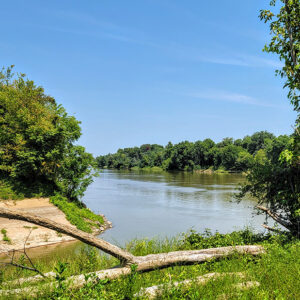 Georgetown River Access
Georgetown River Access
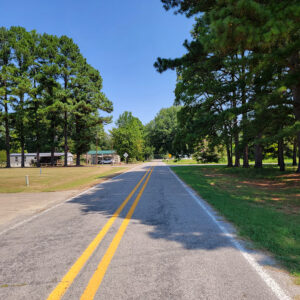 Georgetown Street Scene
Georgetown Street Scene
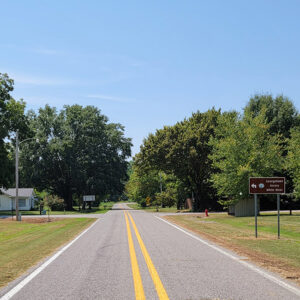 Georgetown Street Scene
Georgetown Street Scene
 German Day Parade
German Day Parade
Gibson (Pulaski County)
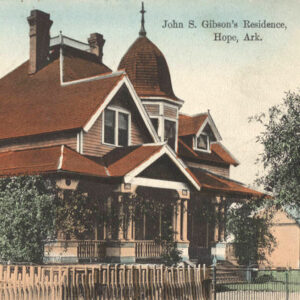 Gibson Residence
Gibson Residence




